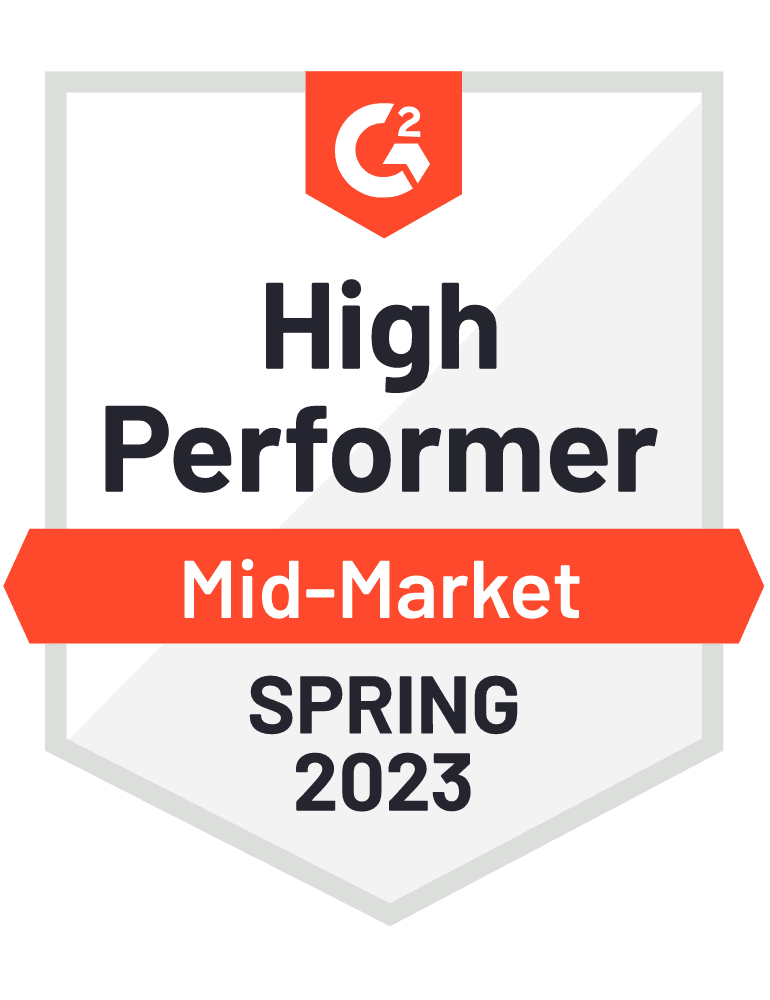Overseeing and maintaining compliance is a complex and time-consuming responsibility for home health agency administrators. A home […]
Home care providers are an age diverse population, who today may fall into as many as five distinct generational groupings, from gen z to baby boomers. Given the broad range of people who pursue caregiving work, it is common for home care agencies to have multigenerational teams. While recent comprehensive research makes clear that managing based on assumed generational differences is ineffective, failing to acknowledge differences in your teams’ individual experiences can also cause challenges in the workplace.
According to 2016 U.S. Census data analyzed by PHI, while the median age for home care workers is 45, the distribution of ages relatively evenly spans generations.
The research is clear: making assumptions about your caregivers’ strengths, weaknesses, and preferences based on their generational cohort can lead to prejudice, bias, and stereotyping in the workplace. However, there are real complexities to managing a team of people in various stages of life with different experiences, preferences, and who bring different assets to the table.
That’s why we put together this list of strategies to help home care agencies build teams of caregivers who trust each other, work well together, and provide exceptional care for their clients.
Get personal
One of the main pitfalls with relying on generational research is that it erases individual strengths and experiences. That’s why the most intergenerational teams start by taking stock of the people and experiences in the room on a more human level. Learn about your caregivers as people through team building exercises designed to build trust and help coworkers with different experiences find common ground.
One great example is Patrick Lencioni's personal histories activity. In this exercise, each participant creates a visual aid with photos and answers these three questions:
- Where did you grow up?
- How many siblings do you have, and where do you fall in that order?
- Describe a unique or interesting challenge or experience that shaped who you are.
The insights elicited from this type of team building exercise not only fosters genuine connections between caregivers, but can surface strengths and growth opportunities which would have been missed by making generation-based assumptions.
Create opportunities for cross-generational mentoring
Create opportunities for caregivers of different generations and experiences to connect. Reciprocal mentorship programs have been shown to reduce generational tension (a mistrust of those in other generations from one's own). In this way caregivers with different experiences have the opportunity to learn from each other.
Imagine a reciprocal mentorship relationship wherein Rachel (68) is paired with Justin (41). During a staff meeting, paired caregivers discuss a challenging case wherein a 70 year-old client has been frustrated with the cooking services provided, and the agency has received multiple complaints from his middle-aged son about his care as a result. In exploring this problem together, Rachel and Justin can each use their lived experience to add additional context to expand each other's understanding of the case. Maybe Rachel can empathize with the client’s values about food waste learned from parents who were shaped by depression-era scarcity. Justin expresses empathy for the middle-aged son, deepening Rachel’s understanding of the responsibilities of having children of one's own while caring for an ailing parent. This mutual understanding improves both Rachel and Justin’s capacity to provide empathetic and supportive care for clients.
Through creating reciprocal relationships that highlight each caregiver’s unique perspective and strengths make for more productive teams, and better served clients. CareAcademy client Renee Gonzalez, Regional Manager, In-Home Services, Area Agency on Aging of Northwest Arkansas echoes this as she explains the importance of educational content to bridge generational and experience gaps:
“If you're a 19—20-year-old person coming out of high school and you're going to take care of a 70–80-year-old person, that’s a huge generational gap. That’s why the content, quality and depth of training on how to communicate with seniors is so important. Good training helps caregivers respect and understand the needs of older patients, regardless of their age or experience.”
Be proactive about common sticking points
It’s true that there are broad general differences between the experiences of people of different ages. Rather than assuming your older caregivers will feel challenged by new technology or that your younger caregivers will prefer a less directive management style, start by opening a conversation.
Management expert Hayden Shaw has identified several "sticking points" where generational differences tend to emerge, including technology, communication, feedback, time management, work/life balance and organizational structure. To effectively address these sticking points, agency managers should open the floor for proactive, empathetic conversation without assuming they’ll know their caregivers preferences. Shaw recommends this 5-step process for navigating these sticking points.
- Acknowledge. Talk about the reality that we all have different experiences, and those experiences shape our strengths, weaknesses, and preferences.
- Appreciate. Focus on why a preference matters, and what values this preference is supported by. Connect these values to common needs. As Shaw explains, "The 'what' divides us. The 'why' is a uniter."
- Flex. Discuss and mutually agree upon how to make space for distinct preferences and ways of doing things.
- Leverage. Play to the strengths of each individual team member based on their personal and generational experiences.
- Resolve. Bring team members in on the process of determining which option will yield the best results.
Get to know your team and meet them where they are
Generational differences are real, but stereotypes or research on generational preferences should never be a substitute for learning about who your caregivers are as individuals. By using these strategies, home care agencies can effectively manage today’s age-diverse population caregivers.
Bonus: Technology is a well-established sticking point for caregivers of many generations. Get a free trial of CareAcademy’s easy-to-use training platform to check one sticking point off of your list today.






